Employers use staff training to provide or refresh skills and help new workers. Since many adults prefer active learning to passive listening, training should include interactive elements. As people learn in different ways, it may be beneficial to present information in a variety of formats, including slides and handouts. After training, employees may refer to training materials and ask follow-up questions. This piece offers suggestions.

Trainers
Training may be created and conducted by internal employees or external consultants. Training about jobs for new or promoted workers may be more easily and effectively created and led by current employees. However, external instructors with subject matter expertise may be better suited to write and conduct training on specialized topics.
Agenda
The start of the presentation may include an agenda highlighting key themes. The agenda may also be included in e-mails informing and reminding staff about the training and assisting employees as they prepare.
Icebreaker and Warm-Up Activity
Training may begin with an icebreaker and/or warm-up activity. Ideally, both exercises relate to the training’s content. For example, an icebreaker for a training about drafting surveys may involve participants breaking into pairs and discussing their experience writing, conducting, completing and/or analyzing survey results. A warm-up activity for the same training may entail pairs writing a survey. Then, participants would report back to the larger group.
Slides
Training slides may include various information and formats. Different types of slides could keep employees engaged and prevent boredom and may include one or more of the following:
- Bullets with text
- Word Art
- Photographs
- Charts
- Graphs
- Timelines
- Maps
- Videos
- Sample/Templates — For example, if an office conducted a training on writing survey questions and answers, it could provide examples of good and bad survey questions and answers.
Slides may also use animations, bringing in lines at different times, or hyperlinks that serve as citations and may help employees who would like more information.
Interactive
To better educate employees, the bulk of your training should be interactive. For example, you might begin individual sections by asking people questions about their knowledge of that topic. Trainings could also include games and trivia.
Review
Review time may occur before the training ends. The trainer summarizes key points and/or employees take turns discussing key facts or tips they learned.
End
Similar to some events, training may conclude with a question-and-answer session, which could help clear up potential misunderstandings and may include slides offering additional resources and the trainer’s contact information.
Follow-Up
You should evaluate and revise your training (especially as information becomes out-of-date), and you might ask for evaluations via informal and/or formal discussions or surveys. To gauge if and what people learned, employees may answer many of the same questions about knowledge before and after the training in pre- and post-training evaluations. Evaluations also could ask about people’s favorite and least favorite sections and whether they’re interested in refresher or follow-up training.
To ensure that employees have retained what they learned, the office may hold an optional trivia game. This team-building activity could help employees work together and build community, enabling offices to better address potential problems.
Final Thoughts
Trainings may be effective when they are multi-faceted and interactive. Handouts with key points may be distributed.
Miriam Edelman, MPA, MSSW, is a Washington, D.C.-based policy professional. Her experience includes policy work for Congress. Miriam’s undergraduate degree is from Barnard College, Columbia University, with majors in political science and urban studies. She has a master’s in public administration from Cornell University, where she was inducted into the national honorary society for public administration. She has a master’s of science in social work (focusing on policy) from Columbia University. She is a commissioner of the DC Commission on Persons with Disabilities. Miriam aims to continue her career in public service. She is especially interested in democracy, civic education, District of Columbia autonomy, diversity, health policy, women’s issues, and disabilities.




Leave a Reply
You must be logged in to post a comment.